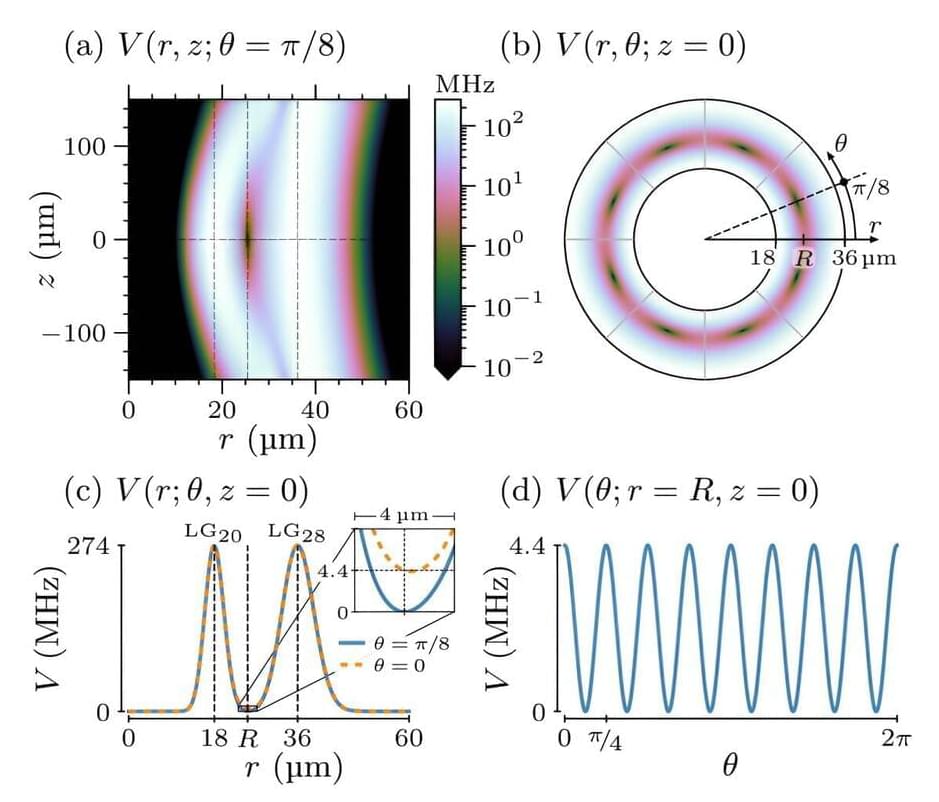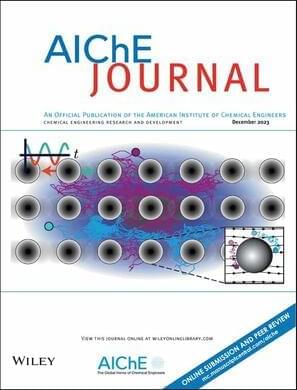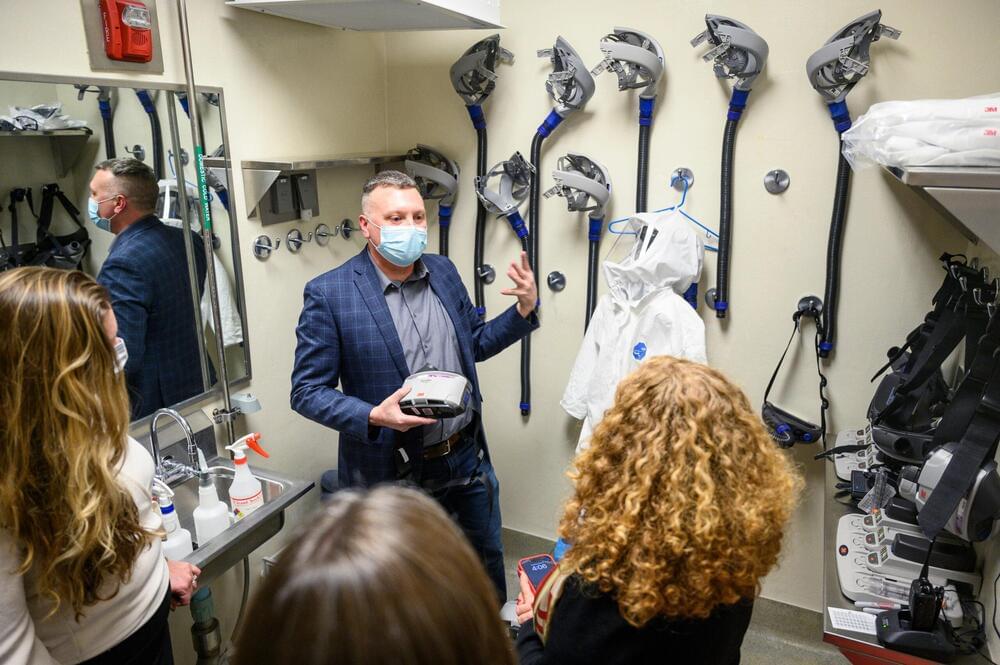“Scheduled for delivery in 2026, these new ferries will be powered with a hybrid mix of 85% hydrogen fuel cells and 15% biofuel from Bergen’s C25:33 engines.”
Norwegian power solutions supplier Bergen Engines has been selected to provide four generating sets to support the world’s largest hydrogen ferries, operating on Norway’s longest ferry connection from Bodø to Lofoten.
The C25:33L8A generating sets will be fueled by low carbon Hydrotreated Vegetable Oil (HVO) and will serve as support power to the hydrogen fuel cells onboard, which act as the vessel’s main propulsion power.









